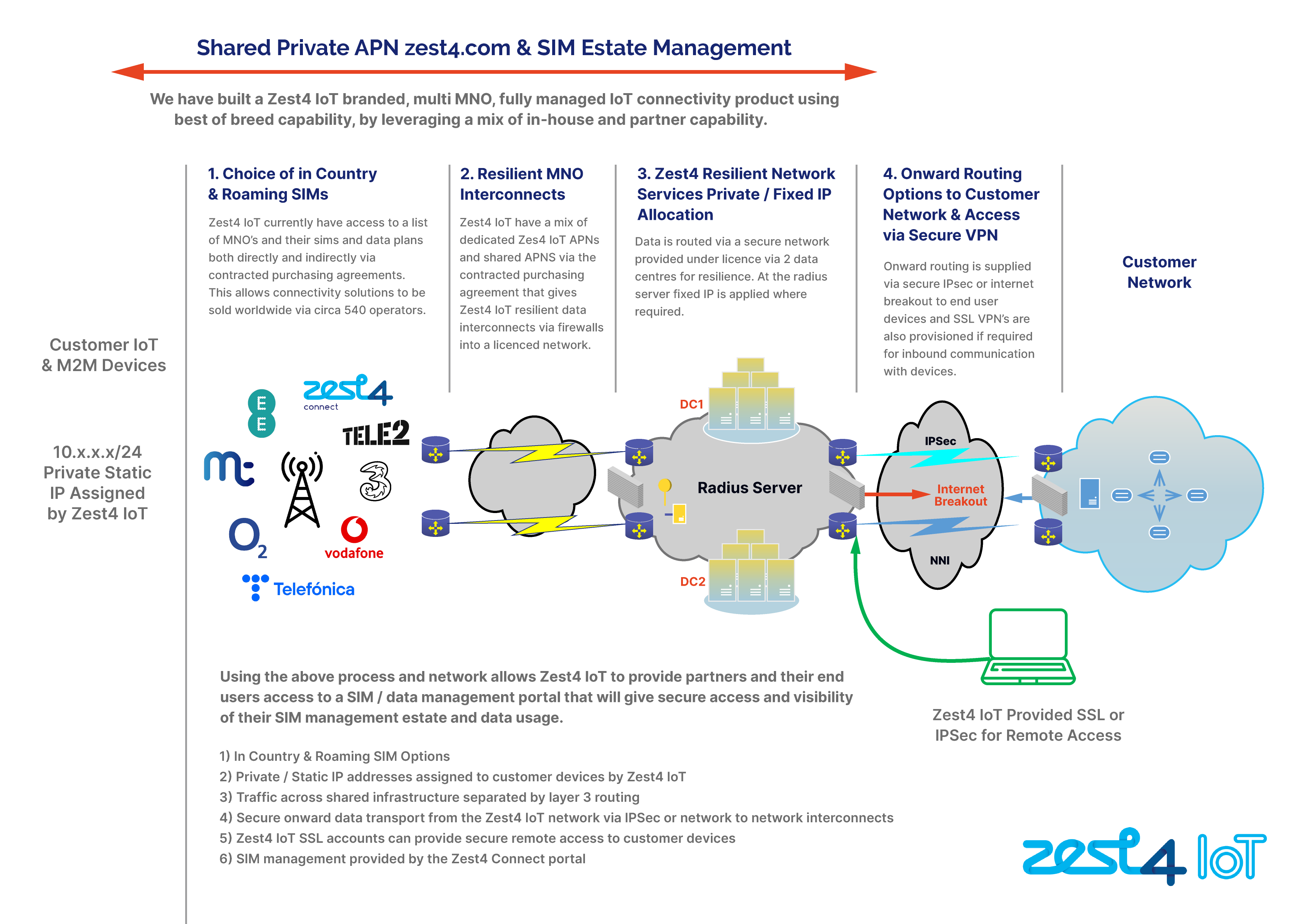
Almost half (48%) of 25–34-year-olds have, or know someone who has been a victim of financial fraud, with fraudsters taking £570 from people on average, according to new research out today.
The data from GFT’s latest ‘Banking Disruption Index’, a quarterly survey of consumer sentiment towards digital banking, found that one in five (22%) victims had to wait up to two weeks to get their money back from their bank.
Despite the significant investment banks make to protect their customers from fraud, the data found that 34% of 25–34-year-olds are concerned their bank’s security measures are not fit for purpose.
Figures from UK Finance in May found that £1.2 billion was stolen by criminals in 2022 – more than £2,300 every minute – through transaction fraud. Authorised Push Payment (APP) fraud cases have increased by 22%.
Whilst older generations are often presumed to be the main target for fraudsters, the data found that only a quarter (24%) of over 55’s have been a victim or know someone who has fallen foul of fraud, although only 14% think their bank’s security measures are not fit for purpose.
However, the research also found that those aged over 55 are losing the most money to fraud when it does happen, with fraudsters attempting to take £938 on average from them in each attack.
To counteract the rise in banking fraud, banks are constantly reviewing and integrating new safety measures into their systems, such as location tracking to identify when a card is used in an unusual or different location to the customer, and instant spending alerts to notify customers when their card has been used.
While these measures are designed to protect customers, an increasing number of people are concerned about their intrusiveness. In fact, 40% of consumers would like the ability to opt out of participating in these security measures, according to the survey.
Richard Kalas, Client Solutions Director, Retail Banking at GFT UK, said: “This data highlights the growing issue of fraud for younger banking customers, who are more willing to adopt new technology and share data. As banks continue to champion digital innovation, they must find a balance to ensure their customers feel protected with the least friction or intrusion.”
Adding his thoughts, Simon Newton, Principal Security Lead at GFT UK, said: “The boom in digital banking and artificial intelligence can be seen as both a challenge for the banking sector as it catalyses increasing levels of fraud, as well as an opportunity for financial institutions to tackle it.
“Our research clearly demonstrates there is a greater need for education on the risks, as well as scope for increased security measures from banks. Applying AI and large data for payment screening is one way that could provide banks and customers with greater levels of identification and protection.”
The rise of digital banking
Digital banking has allowed fraudsters to become more sophisticated with their tactics using AI, Deepfake software and WhatsApp-based fraud. As a result, there is concern amongst consumers about the security of their banks – particularly with the rise of emerging neobanks entering the market.
The survey found that 40% of consumers would trust a traditional bank more than a neobank to retrieve their money if they became a victim of fraud, whilst only 8% said they would trust a neobank over a traditional bank.
The full Banking Disruption Index report including further detailed analysis is available to download here









